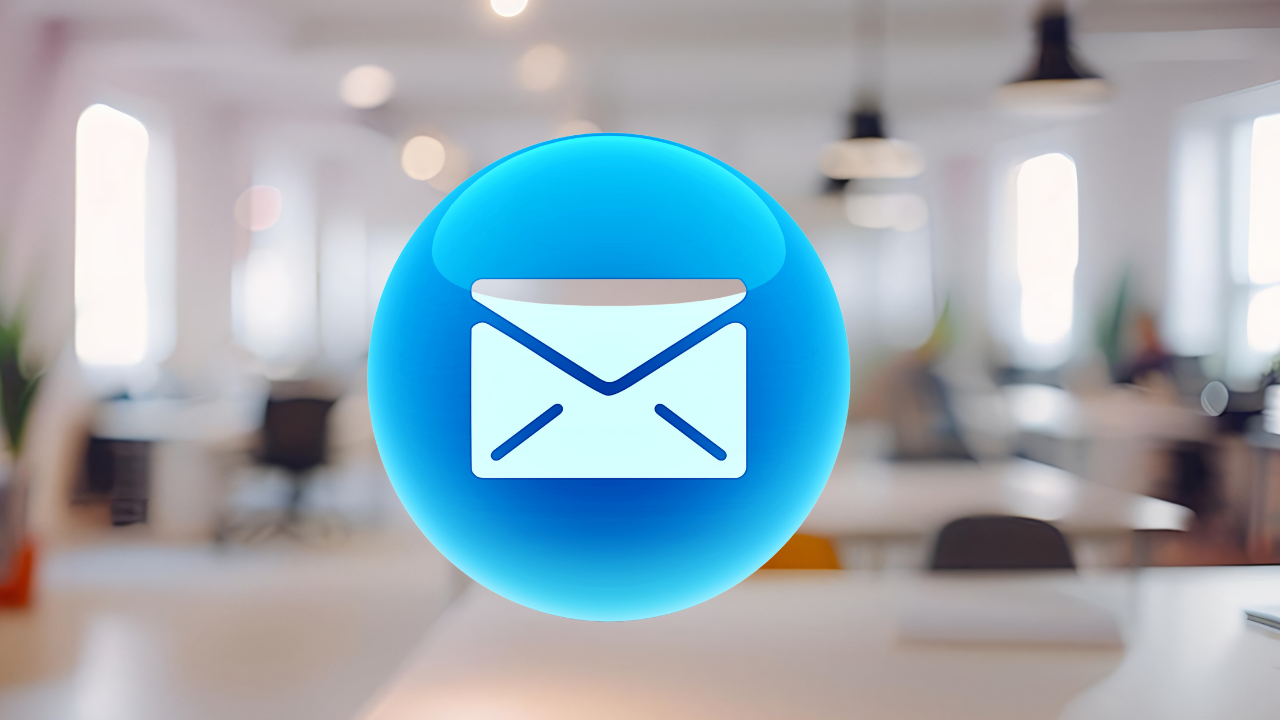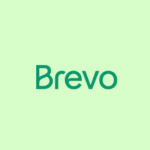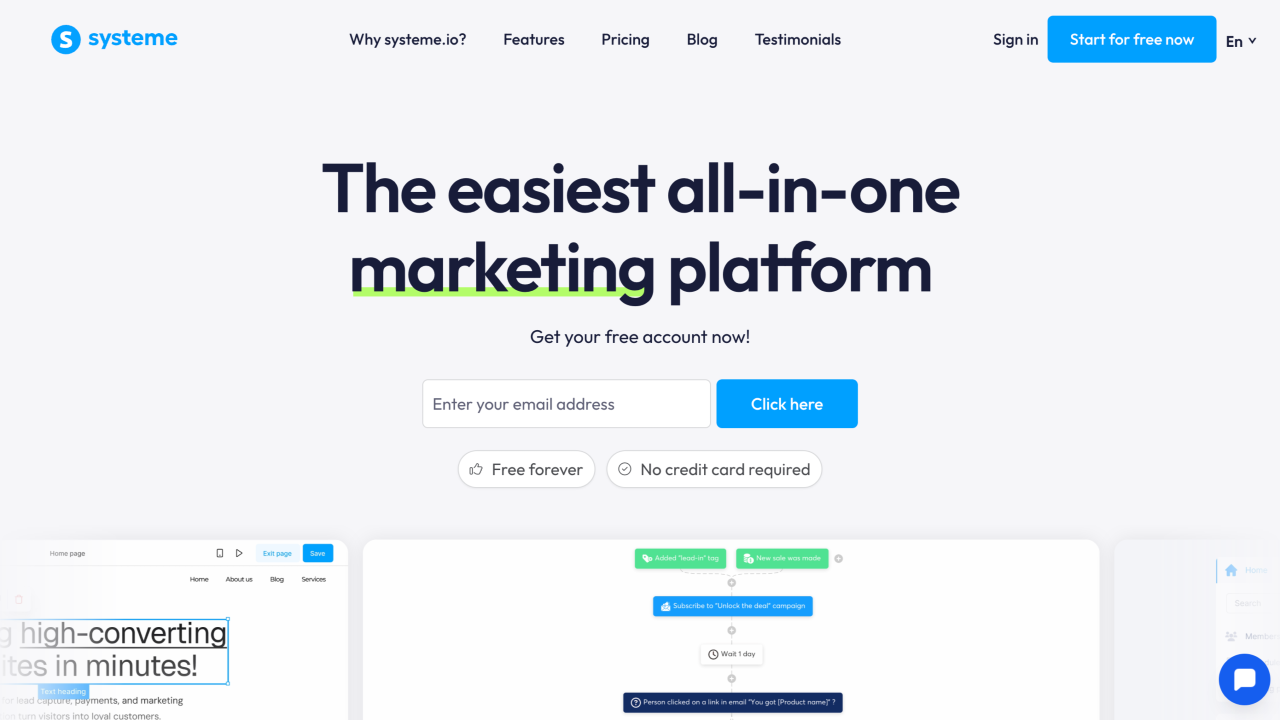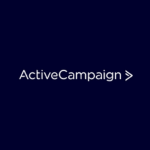Segmentation is where email marketing starts to deliver real results. Sending the same email to every subscriber might seem easier, but it limits engagement and revenue. Advanced segmentation allows you to deliver the right message to the right person at the right time, increasing opens, clicks, and conversions.
Why Segmentation Matters
When your emails are tailored to subscriber behavior, interests, or stage in the customer journey:
-
Engagement increases because the content feels relevant.
-
Subscribers are more likely to convert.
-
Your email reputation improves, reducing spam complaints.
Even simple segmentation can make a dramatic difference — and it’s easier to start than you might think.
Step 1: Choose a Platform That Supports Advanced Segmentation
Not all email tools can handle complex workflows. For advanced segmentation, consider:
-
ActiveCampaign: Industry-leading automation, tagging, and conditional logic. Perfect for complex funnels and ecommerce workflows.
-
Brevo: Offers flexible segmentation and tagging, ideal for beginners who want to scale.
-
Systeme.io: Multi-layered segments for funnels and campaign automation.
Tip: Pick a platform that allows you to grow from simple tags to multi-condition segments without losing your data.
Step 2: Understand and Define Your Segments
Segmentation is the process of splitting your email list into meaningful groups based on shared characteristics, behavior, or preferences. The goal is simple: instead of sending generic messages to everyone, you send emails that feel personal and relevant.
Think of your list as a group of friends. You wouldn’t send the same gift to each person — segmentation lets you tailor your messages the same way.
Ways to Segment Your Audience:
-
Behavior-Based Segments
-
Open history: Separate active readers from those who rarely open emails.
-
Click history: Target subscribers based on links or content they interact with.
-
Example: A subscriber who clicked a product link last week could get a follow-up with a discount.
-
-
Purchase or Interaction History
-
What products or services have subscribers bought before?
-
Abandoned cart behavior: Remind customers of items left in the cart.
-
Example: Someone who purchased a beginner’s course can be offered an advanced course next.
-
-
Demographics or Profile Data
-
Age, gender, location, industry, or role.
-
Example: Sending location-specific offers or event invitations.
-
-
Lifecycle Stage
-
New subscribers: Welcome series and educational content.
-
Active customers: Upsell or cross-sell relevant products.
-
Dormant or inactive users: Re-engagement campaigns to spark interest.
-
Practical Tip: Start simple with 3–5 segments. As your list grows, you can create micro-segments for highly targeted campaigns. Even basic segmentation dramatically improves open rates, clicks, and conversions.
Step 3: Personalize Your Emails for Each Segment
Segmentation alone isn’t enough — personalization brings it to life. Personalization means tailoring email content to the individual within that segment:
-
Use the subscriber’s first name in subject lines and greetings.
-
Reference past interactions, like clicks or purchases, to make content relevant.
-
Customize CTAs depending on what each segment cares about.
Example:
-
New subscriber: “Welcome! Here’s your free guide to getting started.”
-
Engaged buyer: “Since you loved X, you’ll enjoy Y — grab it at 10% off today.”
Even small touches — like using a name or product preference — increase engagement and trust.
Step 4: Test and Refine Your Segments
Segmentation isn’t set-and-forget. To optimize:
-
Monitor open rates, clicks, and conversions per segment.
-
Experiment with content, timing, and offers.
-
Adjust segments or add new criteria as your subscriber data grows.
Platforms like ActiveCampaign, Brevo, and Systeme.io make it easy to manage and optimize complex segments at scale.
Step 5: Combine Segmentation With Automation for Maximum Impact
The real power comes when segmentation is paired with automated workflows:
-
Trigger-based sequences for abandoned carts or product recommendations.
-
Personalized welcome series for new subscribers.
-
Re-engagement campaigns for dormant users.
This approach allows you to deliver highly relevant emails without sending each one manually, saving time while boosting conversions.
Advanced segmentation is a cornerstone of effective email marketing. With careful planning, the right platform, and continuous testing, you can transform generic campaigns into highly targeted experiences that your subscribers actually want to open.
Next Steps: Explore our directory for side-by-side platform comparisons and example workflows. Whether you’re a beginner growing your first list or an advanced user building complex funnels, there’s a tool here to match your goals.






